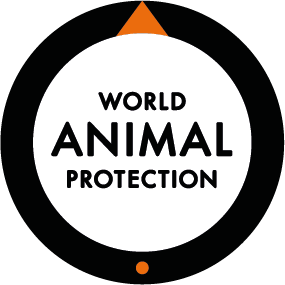Atrazine
Despite atrazine’s heavy use in the US and the Asian-Pacific region, it has been banned in 35 countries. It was banned in the EU due to persistent groundwater contamination. It has been detected in rain or air in Europe and the US more than any other currently used pesticide.
A 2020 assessment by EPA found that atrazine use is likely to harm over 1,000 protected species — 56% of all endangered plants and animals in the US.
Human and Animal Impact
Atrazine has serious human and animal health effects from exposure. Studies have shown that even at low doses, endocrine disruption can occur, which alters hormone levels, compromises healthy organ function, and causes reproductive issues.
Consistent exposure over time, even trace levels, has the potential to have detrimental effects on population growth. Over time, atrazine can affect the reproductive capability of wild species and contributes to lasting health effects that lead to population decline.
Some of the animals imperiled by the use of atrazine in agriculture are:
Atrazine Use
Atrazine is one of the most widely used herbicides in the US and is found in 94% of US drinking water tested by the USDA — more often than any other pesticide. Over 25 million pounds were used in 2018 just on the corn and soy are grown in the US for farmed animal feed. Runoff from application in the animal agriculture industry leaches atrazine into waterways, threatening aquatic ecosystems and causing its frequent presence in our drinking water. Studies have shown that even when the water is treated, significant levels of atrazine are commonly found. This water poses issues to our human health and affects the wild species that are drinking from natural water sources.
The highest levels of contamination are in the Midwest where it is widely used on cornfields. US Geological Survey monitoring shows drinking water concentrations typically spike during the spring and early summer as rains flush the freshly applied herbicide into streams — and into local water supplies.
How Can You Help?
Let’s end cruel factory farming, its dependence on unsustainable animal feed, and the destructive forces it unleashes on communities, our climate, and wild animal habitats around the world. Through reducing the role of meat and dairy in our diets we can curb the growth of factory farming and reduce our collective and individual pesticide footprint.
Need help? Sign up for World Animal Protection’s Meating Halfway, a 21-Day Journey to Reduce Your Meat Consumption. You’ll get the support you need to eat less meat a few days a week or one plant-based meal per day.
--
Read the full report here.
